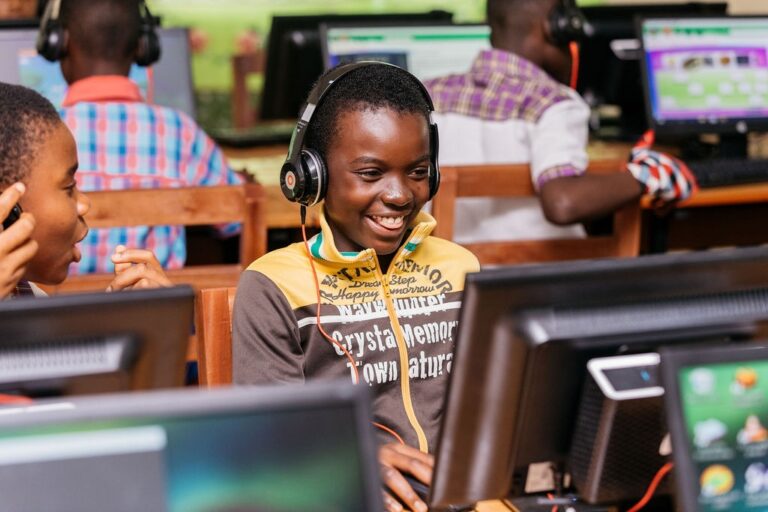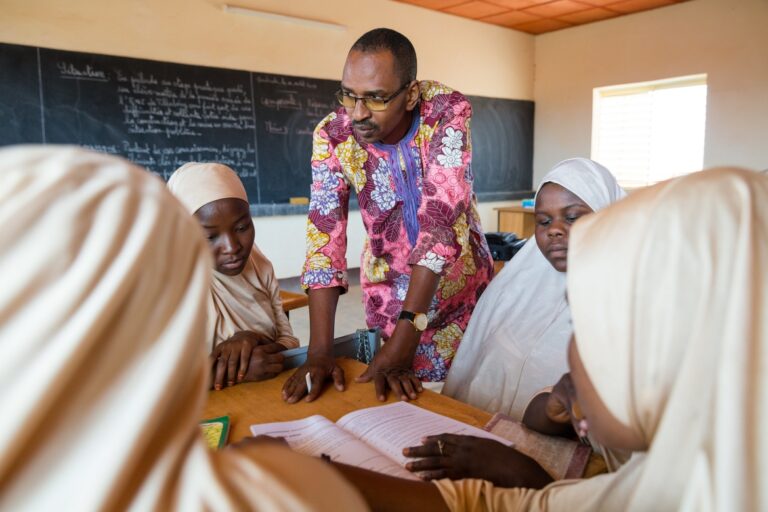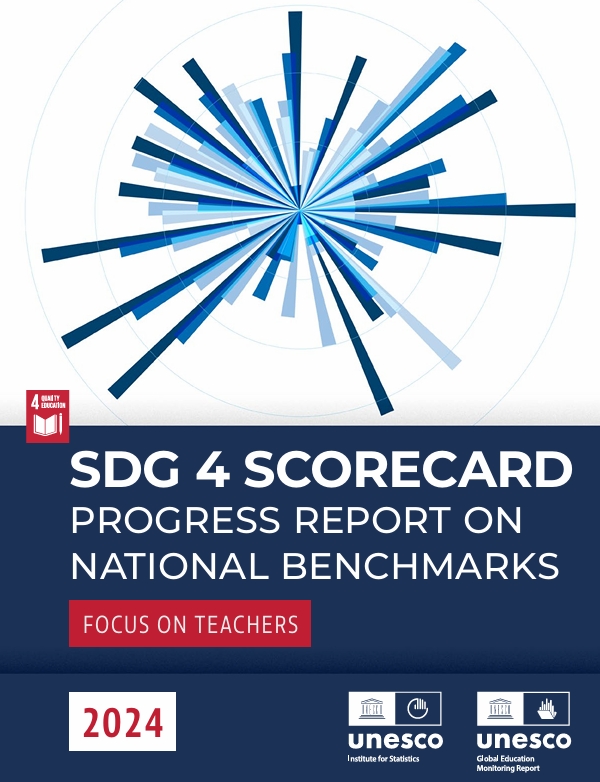A New Publication by Asia Society and OECD

Educators and education systems worldwide are reassessing the knowledge, skills, and dispositions students need for success in today’s rapidly changing and complex world. In a remarkable moment of global consensus, the member states of both the United Nations (UN), through its adoption of the Sustainable Development Goals (SDGs) in 2015, and the Organisation for Economic Co-operation and Development (OECD), through its Programme for International Student Assessment (PISA) in 2018, prioritized education for global citizenship and global competence.
The OECD and the Center for Global Education at Asia Society have worked with academics, educators, and stakeholders in the global education field over several years to define global competence for primary and secondary education. The Center also has extensive experience supporting educators to integrate global competence into their teaching.
A new publication from both organizations, entitled Teaching for Global Competence in a Rapidly Changing World, sets forward a new framework for global competence developed by OECD, which aligns closely with the definition developed by the Center for Global Education, and provides practical guidance and examples of how educators can embed global competence into their existing curriculum, instruction, and assessment.
This publication was made possible through the generous support of Citi Foundation.
Key Findings From the Publication
Both the Organisation for Economic Co-operation and Development (OECD) and the Center for Global Education at Asia Society have identified four key components of global competence. Globally competent youth:
- investigate the world beyond their immediate environment by examining issues of local, global, and cultural significance;
- recognize, understand, and appreciate the perspectives and world views of others;
- communicate ideas with diverse audiences by engaging in open, appropriate, and effective interactions across cultures; and
- take action for collective well-being and sustainable development both locally and globally.
The definition undergirds the global competence assessment in the 2018 PISA test, and it also provides a roadmap for educators and education systems to integrate global competence into their teaching.
Implications for Educators
- Educating for global competence is an accessible, practical approach that is not beyond the reach of the average teacher. As the myriad examples in the publication show, this type of teaching is practiced across all age groups and subject areas in countries all around the world.
- Students gain global competence by practicing skill development in the classroom and applying their learning to real-world topics. Although reading textbooks, listening to lectures, and memorization have their place in learning, they must be paired with more active learning to develop global competence.
- Teaching for global competence does not require a new curriculum. It requires combining instructional strategies for active learning with global issues and weaving them into the existing curriculum.
- Instructional strategies include structured debates, organized discussions, learning from current events, learning from play, service learning, and project-based learning.
Implications for Education Systems
- To spread global competence beyond individual teachers and their classrooms, education systems must leverage teachers as advocates and ambassadors, advance whole-school engagement strategies, and support innovative school leaders.
- Professional development for educators is the key to scaling global competence. To reach every student—especially the most marginalized—developing the capacity of educators to teach for global competence requires systematic professional learning.
- The results from PISA 2018 can inform potential changes in policy to strengthen education for global competence, including building the capacity of the teaching force to do so.
- Resources for developing global competence at scale exist. Organizations including the Center for Global Education are developing professional development opportunities and collaborative platforms worldwide.
- The challenge is to provide access to professional learning for all teachers in order to transform their teaching, their classrooms, their schools—and, ultimately, each and every one of their students.






